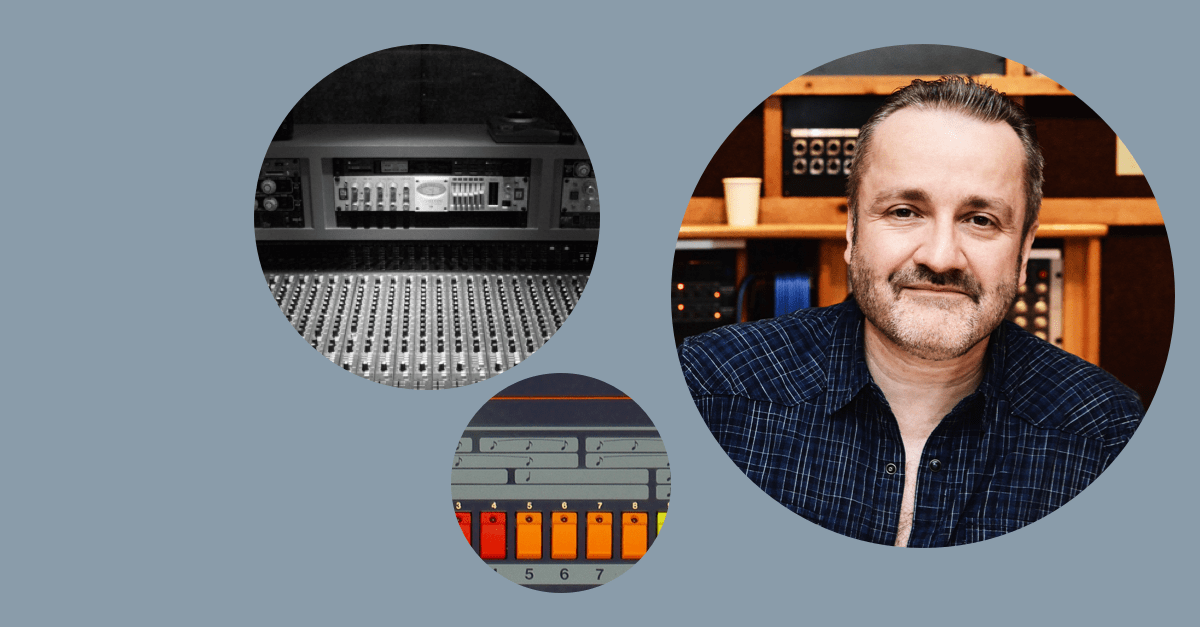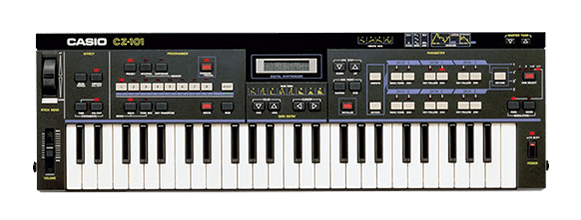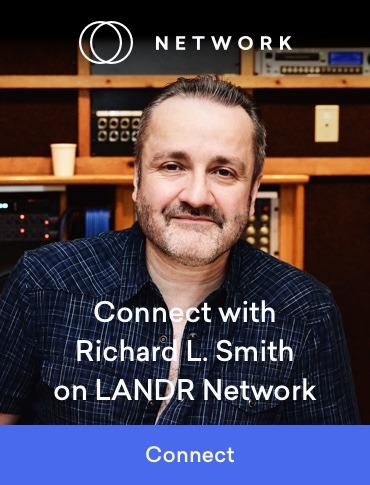Robert L. Smith: How Music and Technology Meet in Mixing

The tools and techniques musicians use have a huge impact on the sonic style of their music.
Those technologies play important roles at every stage in the lifecycle of a song.
But there’s no process in music production more tightly linked to tech than mixing.
We sat down with star engineer Robert L. Smith to talk mixing, technology and the evolution of sound.
Sound of an era
Think of any notable track from the past 50 years. You’ll hear the stamp of its unique moment in music production.
Some of these important techniques stuck around, while others fell by the wayside.
With a career spanning decades worth of production trends, Smith has seen firsthand how landmark styles resurface.
Sounds from eras past may seem dated to modern ears, but in the end they provide the context for the language of mixing and production.
“I started in the 80s and it was all about gated reverb—the SPX 90 or the AMS units like on those classic Phil Collins records. But everything eventually cycles back. I’ll be working on something new that references those older recordings and it’s great because I still have those [effects] boxes!”
Modern mixes
Most producers can identify the signature sounds of past decades. But today’s production has its own flavor that might seem just as distinctive twenty years from now.
For Smith the sound of modern music comes from pushing boundaries.
“There’s so much you can do in software that’s not possible in the natural world. With hip-hop and bass music, the low end is huge—it’s meant to rattle trunks. It’s not something you can do easily with an analog desk.”
Even the analog instruments that sparked the development of those genres have gotten bigger and more hard-hitting.
“It’s amazing because the 808 is still a completely valid sound. It’s just been modified and modernized with those genres.”

“Yamaha NS-10s [monitor speakers] are everywhere now but we always thought of them more as home hi-fi type speakers that were just brought into the studio. Same with stuff like the Casio CZ-101, it was seen as a toy, and then it’s on all these legendary records!”

Like the 808, plenty of era-defining gear found its way to the spotlight by accident.
For Smith, the recipe for a classic is a mix of cheapness, availability and unique sound.
It’s easy to see the connection between young, resourceful musicians working with low-cost gear and the creative drive to develop new sounds.
As Smith recounts,
“A lot of the most classic vintage gear is the student models. I’m talking about old amps like the Fender Princeton—they really named it after the school!”
Adapting to change
It’s safe to say that change is the only constant when it comes to new tech in music.
For Robert that meant tackling some of the biggest changes to ever hit the industry head on.
It’s easy to feel nostalgic for the glory days of tape, but many engineers who lived it see the benefits of modern workflows in sharp relief.
“Working in the DAW is an entirely different thing. Compared to tape, audio in a DAW is like modelling clay.”
But as Smith is quick to note, It’s not just the audio itself that’s gotten more fluid. Collaboration within the music industry has changed radically.
What used to be a local activity that unfolded in the moment is now spread out over time and space.
“I work with people from all over the world everyday, and most of them I’ve never met. When you’re passing files around it doesn’t matter where you are. 10 or 15 years ago you’d need to be in a full facility, but now it can be wherever.”
As more collaboration than ever moves online, artists are turning to platforms like LANDR Network to continue the vital connections that power modern music.
Network is the best place to hire pros and collaborate with talented people from every discipline in music.
“I was a tape guy. I hadn’t even touched a computer until Pro Tools came in. I was learning everything on the spot.”
Sonic influences
Growing and learning with others is part of every mix engineer’s development.
Gear has an enormous impact, but it’s ultimately the person putting it to use who defines the song’s style.
When it came to developing his own voice with technology, Smith drew inspiration from a diverse set of influences.
“When I was starting out I loved Rudy Van Gelder and the Blue Note stuff. He recorded loud. He really pushed the technology to get exactly the sound he wanted, and he was so exacting. He had one of the first EMT [reverb] plates and years later when he got a second, he wrote to the company because it didn’t sound as good as the early model!”


Driving the gear to its sweet spot is a technique that crosses genre boundaries.
“There’s a guy called Adrian Sherwood in England that people might not know. His mixes really made me stop and listen. He was doing dub reggae and he was like a disciple of Lee Scratch Perry—lots of distorted spaces and echoes.”
Studio workflow
In the end the engineer is a facilitator. Their work bridges the gap between the artist and the tools of record making.
To do it right you need confidence with those tools, and the skills to work alongside any artist.
For Smith that meant balancing technical duties with keen social awareness.
“I came up in what used to be called the apprentice system. You started out as an assistant or a tape op, and even though you weren’t a full engineer, the first thing you learned was how to read the room.”
Creating the right conditions for creativity is a delicate balance. When you need to make important technical choices on the spot, experience and intuition are essential.
For Smith, the snap decisions can make all the difference if they help an artist open up.
“You have to know from your experience—pretty fast—what’s going to work for this person, because really it’s about them being able to get comfortable and let their guard down. That’s when you capture the magic”
Mixing technology
Mixing will continue to evolve as technologies change and trends come and go.
Whatever new styles emerge, there’s a generation of creative engineers waiting to create the unique sounds that will define them.
